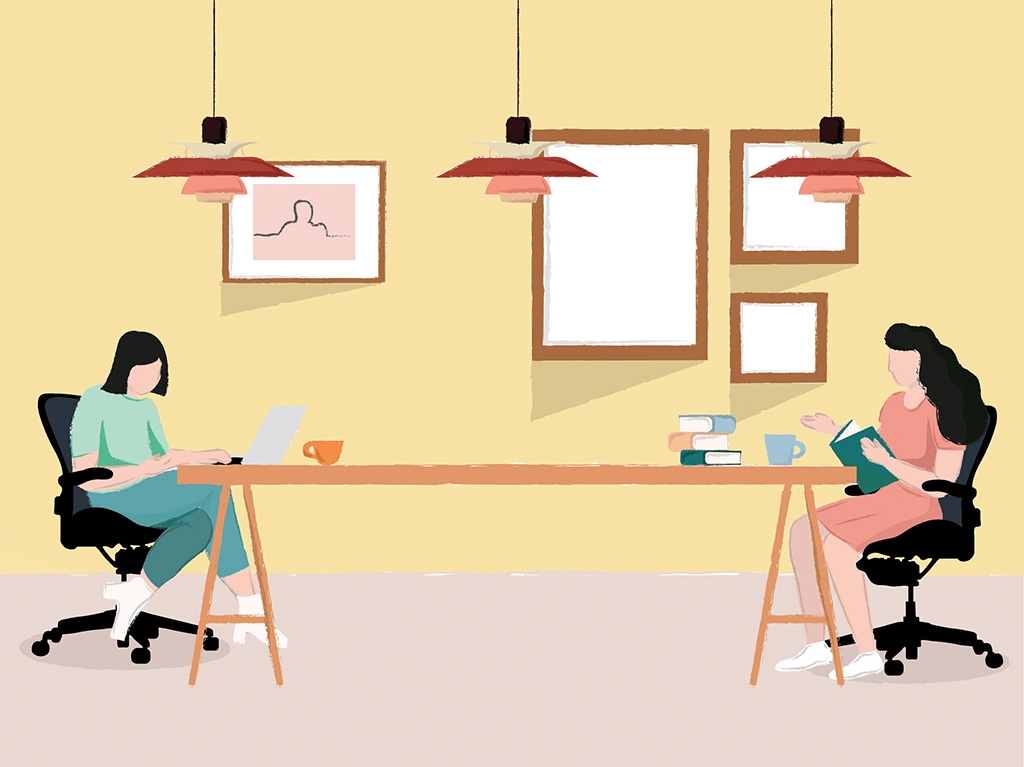
COVID-19 has undeniably become the talk of the town. The long-term impact that this pandemic has brought to the way we live—the so-called “new normal”—has motivated researchers to explore ways in which we can continue our daily life while minimizing the risk of contagion, especially when it comes to workplaces. The concept of the workplace no longer means traditional offices alone; it now extends to any place that supports productivity and flexibility such as co-working spaces and home offices. Here we put together the key changes to the post-pandemic workplace and some recommendations that firms can bring to mind for future workplace regulations and designs.
Health and sanitation reach their peaks
Experts’ Insights
The number of hand sanitizers and temperature-check stickers being given in malls and restaurants is at an all-time high, maintaining the same sanitization level in workplaces is no exception. In fact, research by Colliers International found that 72% of their respondents rated ‘the need for offices to be made healthier and safer’ as a clean environment improves our health and well-being.
Recommendations
Apart from adding personal hygiene to the top of the employee’s handbook, companies may consider offering health-supporting add-ons such as gym passes and healthy lunches to employees’ perks. Ergonomic chairs and laptop stands have also become workplaces’ must-haves for benefiting body postures and productivity. Last but not least, stress-reduction counseling can become a go-to for employee mental support if their work-life balance has been disrupted.
Consideration for working flexibility
Experts’ Insights
As most of us have gotten used to working at home, it doesn’t come as a surprise when Herman Miller’s research team discovered that 70% of their respondents have a preference for 1-2 days of remote working per week. Since there will be an increase in the use of video-conferencing and online collaborative software to maintain a sense of connectivity, just make sure that you have cool Zoom backgrounds downloaded!
Recommendations
Companies should – if not already – include flexible working protocols to prepare for future disruptions such as in-office and remote working employee rotations. To aid working flexibility, many furniture and tech companies can also give portable and easy-to-pack home office equipment a shot.
Change in workplace design configuration
Experts’ Insights
Soon you will start missing your desk neighbors as the 2-meters distancing guidelines will reduce the number of seats in the office whilst increasing more private working areas. As a matter of fact, more than 60% of the respondents have reported that they miss being able to collaborate with their colleagues in person during the quarantine period.
Recommendations
Office workers will likely see more views and sunlight – or perhaps weird tan lines – as windows are advised to be installed for better ventilation and air quality. Instead of working in an air-conditioned room, hot countries like Thailand might provide more outdoor working spaces to reduce recirculated air as well as helping the environment in one go.


